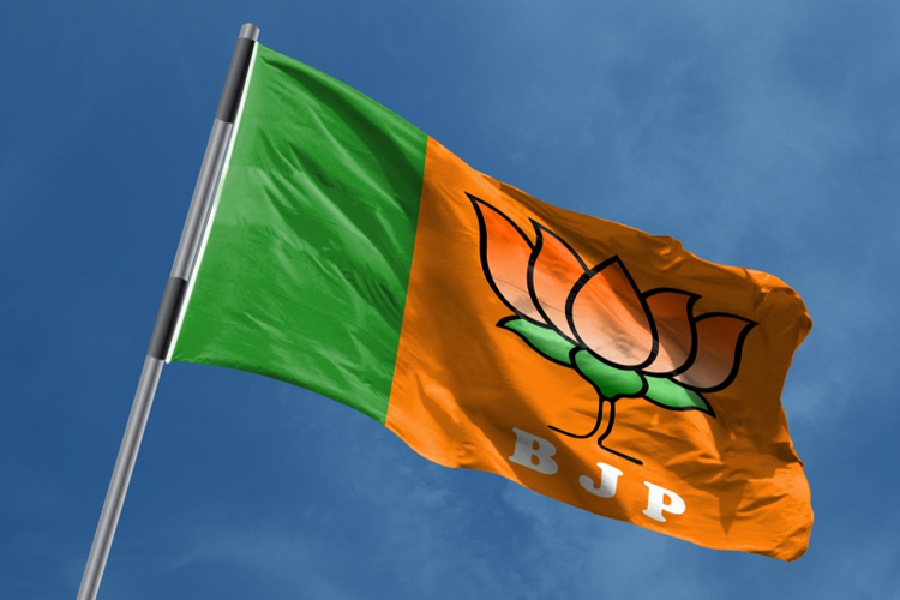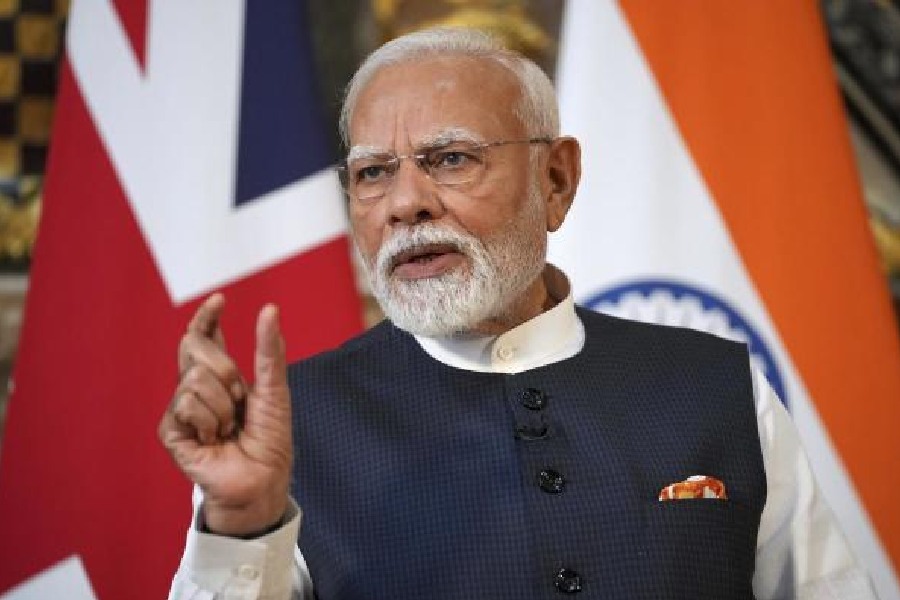|
|
The religious sentiment is a delicate bloom, peculiarly prone to being hurt. It must be watered, protected and allowed to grow. It sprouts in the unlikeliest places — a cash register, maybe, or a purse. It is also as mercurial as the day is long. For instance, is A.K.Ramanujan’s “Three Hundred Ramayanas” hurtful to religious sentiment? Well, for years it wasn’t, then it was, and now it isn’t again. Going by the Oxford University Press’s policy on the essay, that is.
Earlier this month, OUP announced that it would reprint two books that contained the controversial essay. But in 2008, the Shiksha Bachao Andolan Samitee had helpfully “pointed out” to OUP India that the essay “had the potential to hurt Hindu sentiments”. The publishers had then replied with a letter saying it had never been their intention to “hurt, insult, or offend, in any way, any religion, community, or popular sentiments”; they were neither selling the book containing the essay nor did they plan to reprint it. The lay reader might be forgiven for concluding that this decision stemmed from a sensitivity to the said sentiments. Three years later, OUP denied offering an apology — their letter had been misinterpreted. They had withdrawn the book from circulation because of “commercial factors”. But after weeks of agitation by the academic community, OUP decided to start reprinting the books containing Ramanujan’s essay.
Have the religious sentiments in question stopped hurting, then? Far from it. A book of quiet academic essays could never have topped the bestseller list. But the keen sentiments of the Akhil Bharatiya Vidyarthi Parishad, together with Delhi University’s decision to remove the essay from the history syllabus, have suddenly made this pleasant, chatty piece the dashing maverick of academia. It has been written about, discussed, fought over and read more intently than ever before. Then perhaps the commercial factors that were so unfavourable to it three years ago have changed. Sometimes, religious sentiments have a delightful habit of aligning themselves with such commercial factors.
It helps that the pious bloom is wrapped in a mist of anxiety. Section 295A of the Indian Penal Code recommends punishing “deliberate and malicious acts, intended to outrage religious feelings or any class by insulting its religion or religious beliefs”. Such outrage could be caused “by words, either spoken or written, or by visible representations or otherwise”. What these acts may be is left to interpretation, but punishment for them could range from a hefty fine to three years in jail. And Section 295A is just one of the clauses under which a politically incorrect offender can be booked. Religious sentiments wield a fatal fascination. They carry a mystic threat with very real consequences. Somewhere in the paranoia generated by this lies good business.
When the last Karan Johar tear-jerker was released, for instance, the widespread interest in the film was not always purely aesthetic. My Name is Khan, starring Shah Rukh Khan and Kajol in the lead, opened to packed theatres in Mumbai and protests by a livid Shiv Sena. Weeks of controversy had led up to the release. First, a furious Shah Rukh Khan claimed he had been searched in an American airport because of his Muslim name and the colour of his skin. Shortly after this, he expressed concern that no one had bid on Pakistani cricketers for the Indian Premier League. The Shiv Sena and other Hindu groups saw this as a traitorous expression of sympathy for Pakistan. The film’s name, of course, endorsed such sympathies.
The Shiv Sena’s claims got scant support from the Maharashtra government, which arranged for heavy security on the eve of the film’s release. Distributors were also unfazed by threats to ransack cinema halls. A righteous crowd went to the theatres. Everyone agreed the movies had triumphed over religious bigotry. But one cannot help noticing an odd symmetry between the name of the film and that of the actor, between the statements made before the film and the plot, where a Hindu woman in America falls in love with a Muslim man. Deliberate or otherwise, Khan’s comments certainly helped generate interest and revenue for a lacklustre film.
Of course, a film that was less of a commercial heavyweight might not have survived the controversy. Independent, low-budget projects are popular casualties of religious sentiment. Very often, it provides an excellent excuse for not supporting a commercially unattractive project. Deepa Mehta’s Water, for instance, had few champions. Based on the plight of widows in the holy city of Varanasi, the film naturally attracted the ire of Hindu fundamentalist groups. As always, they could be counted on to vandalize the sets of the film and rant about the insult to Hindu culture.The film only enjoyed a limited release in India about five years after it had been released overseas. Film distributors in this case seem to have shown a lively concern for religious sentiments. Perhaps they also suspected that an insipid Rahul Khanna and a porcelain Lisa Ray would not tempt many viewers to the the movie halls.
Then there was Rakesh Sharma’s Final Solution. Made in 2003, it was a documentary of the Godhra riots, which had occurred the year before. The film was initially banned from public release on the grounds that it threatened “national integrity”. Sharma distributed thousands of free copies to non-governmental organizations and subscribers of certain journals. Although the ban was lifted a few months later, the film still hasn’t been screened on Indian television.
In the aftermath of another riot, the government had shown less concern for religious sentiments. In 1993, Syed Shahabuddin, then a member of parliament from Janata Dal, had suggested that Ram Swarup’s Hindu View of Christianity and Islam be banned on the grounds that it hurt Christian and Muslim sentiments. Swarup’s book appears to be a muscular critique of the monotheism practised by Christianity and Islam, a far cry from Ramanunjan’s reflective essay. An earlier book by Swarup, Understanding Islam Through Hadis, had already been banned in India. But the publisher of his later book was not easily daunted, neither was it particularly anxious to protect the “plurality of Indian culture”. The Voice of India had been started, in fact, to propagate a particular kind of religious sentiment. It was founded by Swarup himself, along with others, to “scientifically” refute the theory of Indo-Aryan migration. A major source of Hindu nationalist literature, the books published by VOI are favoured by members of the sangh parivar. As Michael Bergunder writes in 2004, VOI produces books “with high print reruns” of “outstanding typographical quality” that are “sold at a subsidized price”. For such a publisher to tone down its communal rhetoric would be to lose its target readership. It could not afford to vacillate as OUP had done.
The religious sentiment in India is a hothouse bloom. Basking in the warmth of an attentive government, of laws meant to protect it and an emotional public, it approaches the nature of a fetish, one that has been used effectively by commercial interests. No wonder Ramanujan is in print again.











